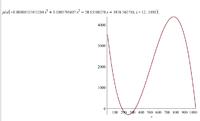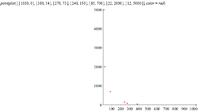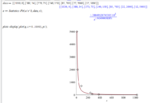TheRealArchi
Newbie level 3
Light Restance: Ohm to Lux
Hello. I have a PhotoResistor of this model: Arduino KY-018 Photo resistor module.
It gives me values in Ohm but I need to convert it to Lux. I have no idea how to since there's no information on the product I bought..
I tested and it gave around 1050 Ohm when there's 0-10 lux.
Hello. I have a PhotoResistor of this model: Arduino KY-018 Photo resistor module.
It gives me values in Ohm but I need to convert it to Lux. I have no idea how to since there's no information on the product I bought..
I tested and it gave around 1050 Ohm when there's 0-10 lux.



